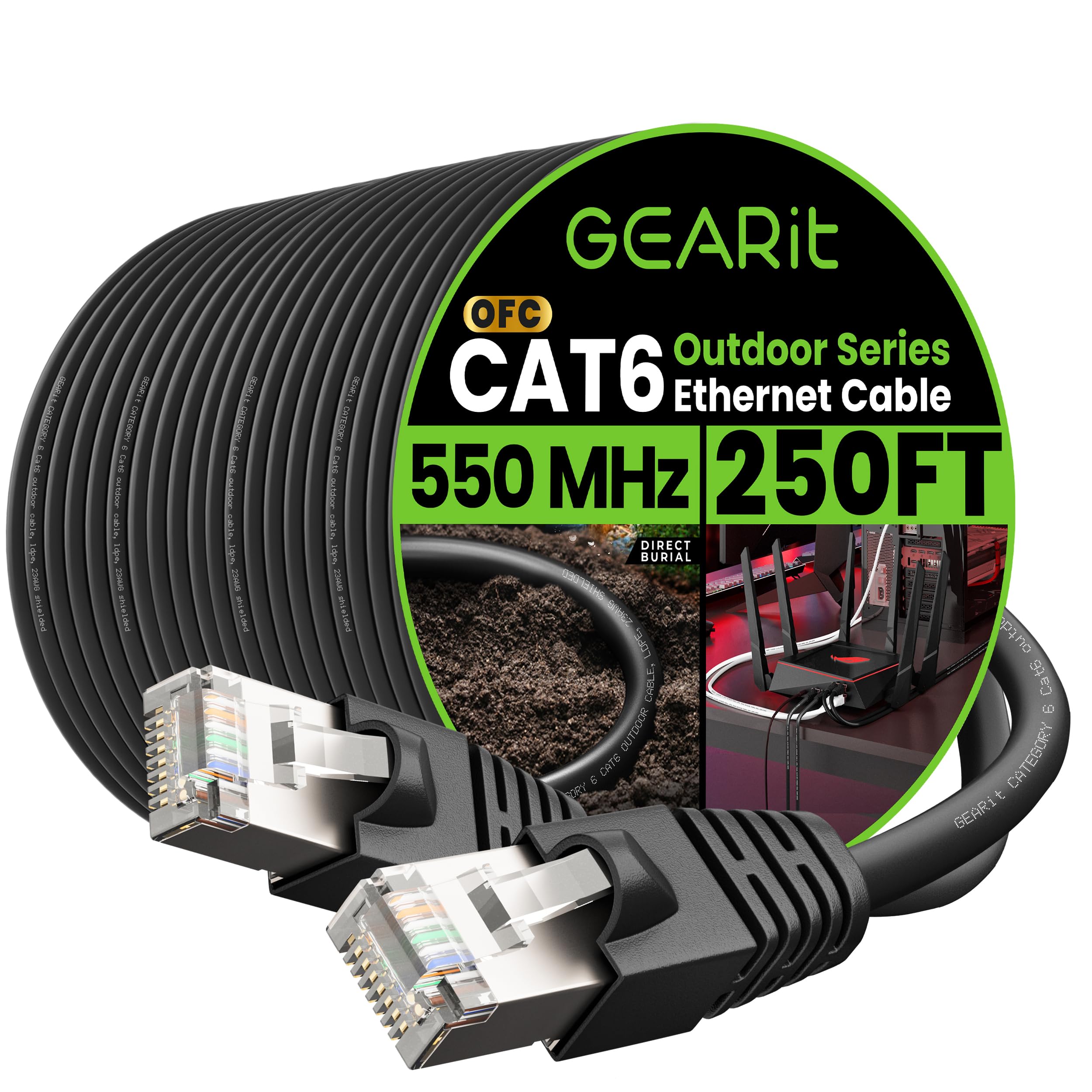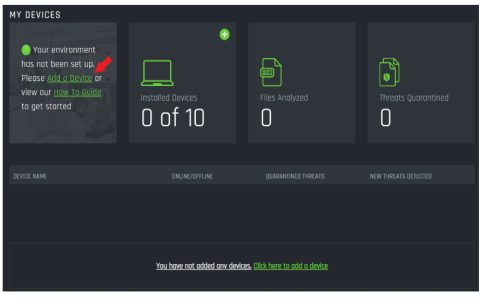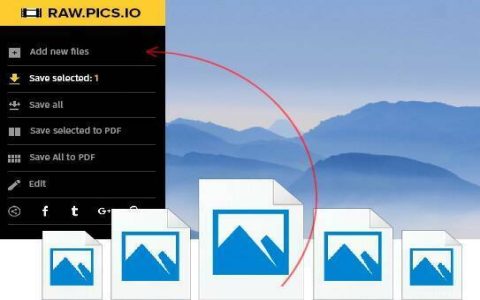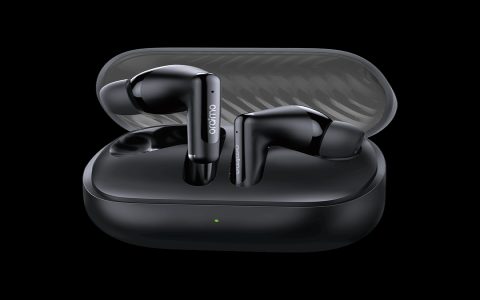Outdoor Ethernet Cable: Core Specifications
Outdoor-rated Ethernet cables are engineered for deployment in external environments, providing robust network connectivity despite exposure to adverse conditions. They differ significantly from indoor cables in construction and material composition.
Critical Characteristics:
- Weatherproofing: Jackets are typically made from Polyethylene (PE) or UV-stabilized PVC, offering resistance to moisture, rain, snow, and extreme temperatures.
- UV Resistance: Essential for preventing degradation of the cable jacket due to prolonged exposure to sunlight, which can cause brittleness and cracking in standard cables.
- Temperature Tolerance: Designed to maintain signal integrity and physical properties across a broad temperature spectrum, from sub-zero to high heat.
- Physical Robustness: Enhanced construction to withstand physical stress, potential abrasion, and minor pest interference. Some may include water-blocking gel or tape.
- Shielding: Shielded Twisted Pair (STP) cables, such as F/UTP (Foiled/Unshielded Twisted Pair) or S/FTP (Shielded/Foiled Twisted Pair), are strongly recommended. Shielding mitigates electromagnetic interference (EMI) and radio frequency interference (RFI), which are often more prevalent in outdoor settings.
Cable Category Selection for Outdoor Use:
The choice of cable category depends on bandwidth and distance requirements:

- Cat5e Outdoor: Supports speeds up to 1 Gbps. Suitable for basic outdoor network extensions where high bandwidth is not critical.
- Cat6 Outdoor: Provides performance up to 1 Gbps reliably up to 100 meters and can support 10 Gbps over shorter distances (typically up to 55 meters). Offers improved crosstalk performance over Cat5e.
- Cat6A Outdoor: Supports 10 Gbps up to 100 meters. Recommended for high-speed applications and future-proofing, with enhanced shielding.
- Cat7/Cat8 Outdoor: Offer significantly higher frequencies and bandwidth with superior shielding. Generally used for data centers or very demanding, specialized outdoor applications.
Deployment Considerations:
- Direct Burial: Cables specifically designated "direct burial" feature highly durable, waterproof jackets, often gel-filled or with water-blocking tape. Compliance with local burial depth and regulations is mandatory.
- Conduit Installation: Running cables through PVC or metal conduit provides superior protection against physical damage, moisture ingress, and pests. This method is often preferred for enhanced longevity.
- Aerial Runs: For overhead installations, use cables with an integrated messenger wire (figure-8 construction) to provide structural support and prevent cable sag and strain.
Termination and Connectors:
Employ weatherproof RJ45 connectors and couplers designed for outdoor use. Proper termination, ensuring the integrity of the shield (if present) and sealing against moisture, is vital. The use of dielectric grease within connectors can offer additional protection against corrosion.
Proper selection and installation of outdoor Ethernet cable are paramount for establishing a reliable and durable network infrastructure capable of performing consistently in external environments.








